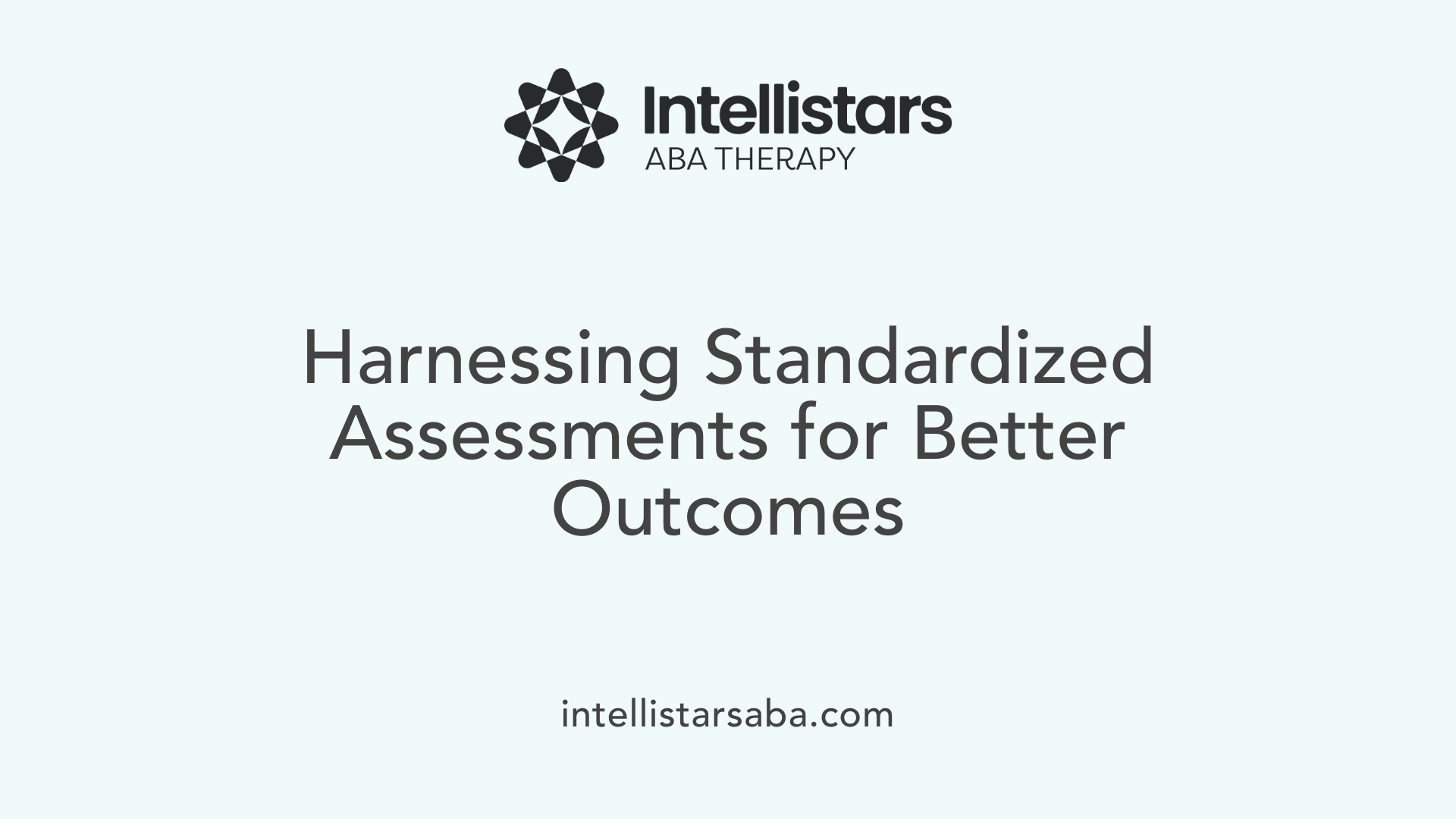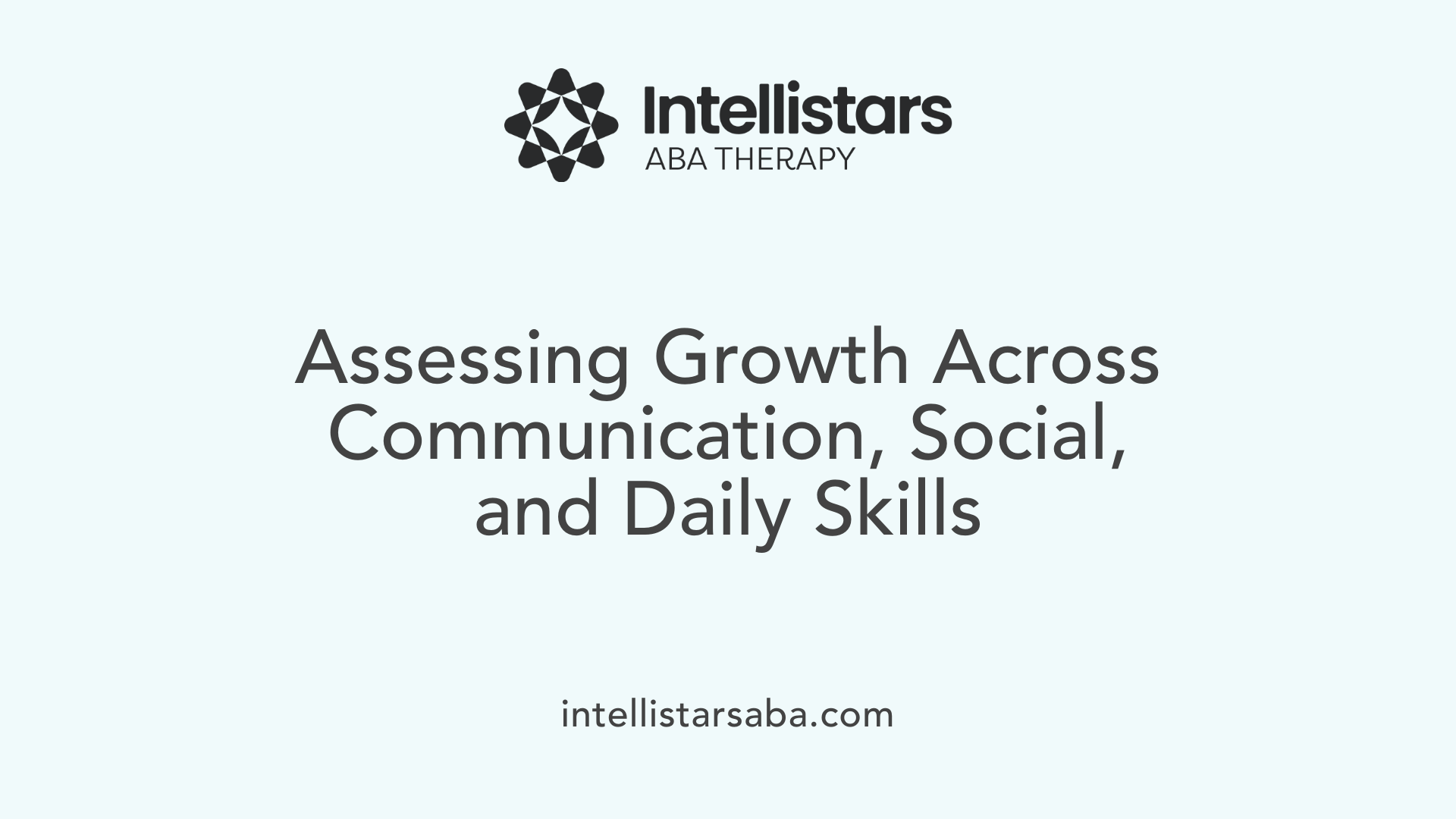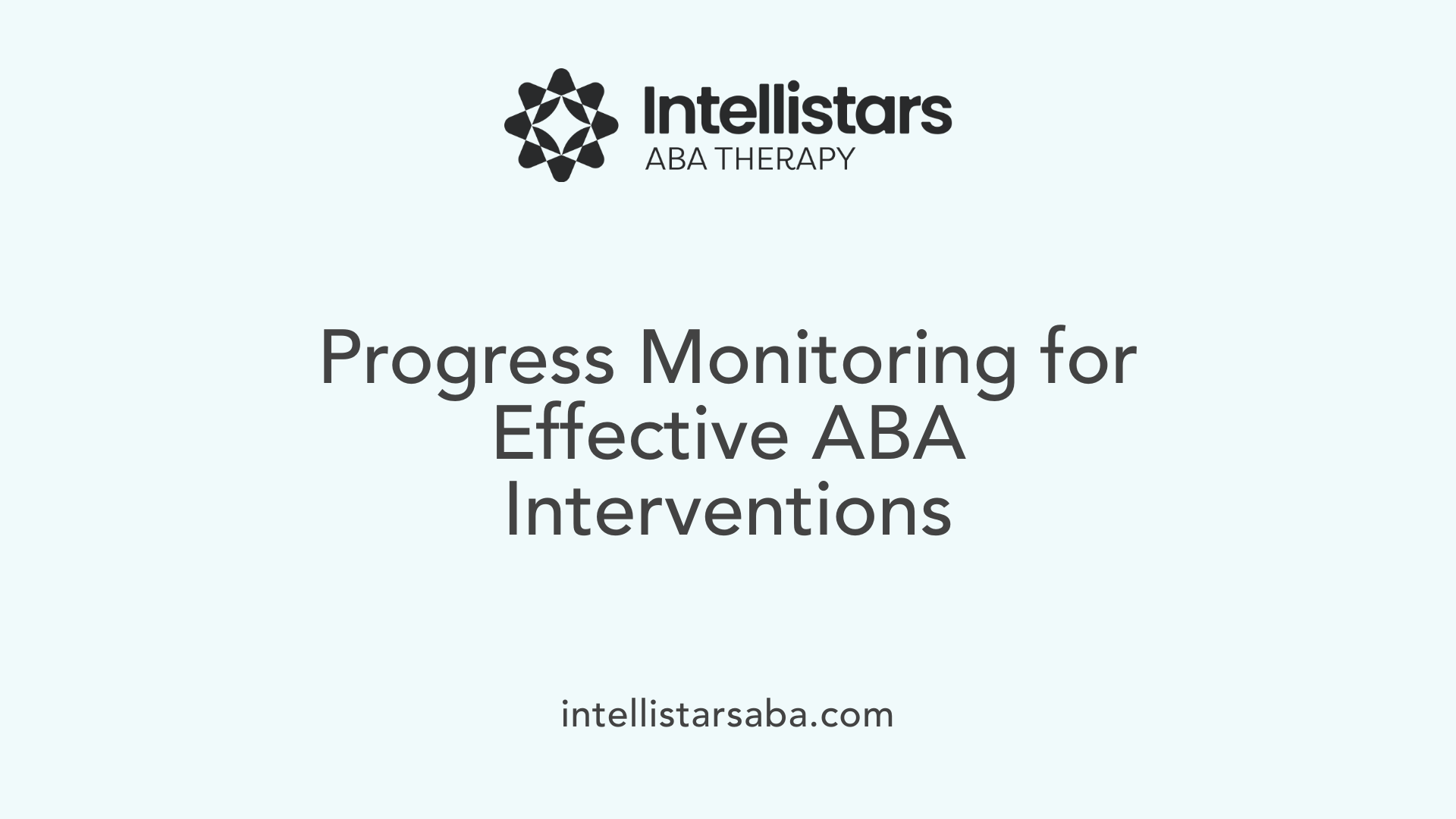Understanding the Role of Assessments in ABA Therapy
Applied Behavior Analysis (ABA) assessments are essential tools used to evaluate a child's developmental progress comprehensively. These evaluations serve as foundational steps for personalized intervention planning and ongoing progress measurement, ensuring that therapy is tailored to meet each child's unique needs and developmental pace.
The Significance of Comprehensive ABA Assessments

Why are assessments important in ABA therapy, and how effective are they in monitoring a child's developmental growth?
Assessments play a crucial role in ABA therapy by providing a detailed snapshot of a child's current abilities, needs, and challenges. This foundational understanding allows therapists and families to set realistic goals and tailor intervention strategies specifically to the child's developmental level.
These evaluations help identify strengths such as communication skills or social interactions, as well as areas needing support, like problem behaviors or adaptive skills. Using standardized tools like the VB-MAPP, ABLLS-R, and Vineland scales ensures that the assessment is thorough and based on evidence. This data informs the development of customized intervention plans that target specific skills, such as language acquisition or social interaction.
Continuous assessment is vital for tracking progress over time. Regular monitoring enables therapists to measure improvements, recognize setbacks, and modify strategies as needed. This adaptive approach ensures that therapy remains relevant and effective as the child's needs evolve.
Tracking multiple skill domains—communication, social skills, self-care, and behavior—provides a comprehensive picture of developmental progress. It allows therapists to celebrate gains, address persistent challenges, and adjust goals accordingly. In this way, assessments serve as an essential tool for ensuring that therapeutic efforts lead to meaningful and measurable improvements in a child's daily functioning.
Overall, thorough and ongoing assessments support a data-driven approach that enhances the effectiveness of ABA therapy, ensuring interventions are precise, personalized, and responsive.
Assessment Methods and Tools in ABA Evaluations

What methods and tools are used in comprehensive ABA assessments to track a child's development?
Comprehensive ABA assessments employ a variety of approaches to gain a detailed understanding of a child's abilities, challenges, and needs. These methods include direct observation, structured caregiver or teacher interviews, and the use of specific standardized tests.
Direct observation involves carefully watching a child's behavior in natural or structured environments to record how they respond to different situations. This technique helps identify behavioral patterns, triggers, and environmental influences.
Standardized assessment tools are widely used to measure developmental progress across various domains. Notable instruments include the VB-MAPP, ABLLS-R, AFLS, Vineland Adaptive Behavior Scales, PEAK, and FBA.
- The VB-MAPP assesses language and social skills, identifying barriers to communication and social interaction.
- The ABLLS-R evaluates foundational skills in language, social behavior, self-care, and academic readiness.
- The AFLS focuses on essential daily living skills such as dressing, toileting, and community participation.
- The Vineland Scales gather insights from caregivers about communication, daily habits, and socialization.
- The PEAK system emphasizes language development, problem-solving, and understanding relationships between concepts.
- The FBA helps pinpoint triggers and functions of challenging behaviors, guiding targeted interventions.
In addition to assessments, functional behavior analyses identify why certain behaviors occur, enabling tailored strategies to promote positive behaviors.
Collaboration with speech therapists, occupational therapists, and other specialists enhances the assessment process. These professionals contribute their expertise to create a holistic profile of the child's strengths and areas needing support.
Environmental observations and medical records are also integrated into assessments to provide a comprehensive view. By combining data from various sources, behavior analysts can design effective, personalized intervention plans that address all aspects of a child's development.
| Assessment Tool | Focus Area | Information Gathered | Use in Planning |
|---|---|---|---|
| VB-MAPP | Language & Social Skills | Language milestones, social interactions | Guides speech and social skill interventions |
| ABLLS-R | Developmental Skills | Language, self-care, social, academic | Establishes baseline skills and goals |
| AFLS | Life Skills | Daily living skills | Targets independence areas |
| Vineland | Adaptive Behavior | Daily routines, communication, socialization | Measures progress, guides therapy adjustments |
| PEAK | Cognitive & Language | Problem-solving, relational skills | Develops language and cognitive skills |
| FBA | Behavioral Triggers | Behavior functions, environmental triggers | Creates targeted behavior plans |
This multi-method approach ensures a well-rounded understanding of the child's development, allowing for precise, tailored intervention strategies that promote growth across all essential domains.
Measuring Progress Across Skill Domains and Developmental Milestones

How do ABA assessments measure progress across different skill domains and developmental milestones?
ABA assessments employ a variety of methods to evaluate a child's development across multiple areas. Structured observations allow clinicians to directly observe behaviors in natural or controlled settings, noting how children respond to different stimuli or instructions.
Caregiver reports provide valuable insights into the child's abilities and behaviors across various settings and over time, capturing information caregivers observe regularly.
Standardized assessments like VB-MAPP and ABLLS-R are used to measure specific skills, including language, social interaction, and daily living skills. For example, VB-MAPP evaluates language development, social skills, and barriers to communication, helping to identify progress and areas needing focus.
Functional Behavior Assessments (FBA) identify triggers of challenging behaviors and the functions they serve, which guides tailored intervention strategies.
Data collection techniques like frequency recording (how often a behavior occurs), duration recording (how long a behavior lasts), and interval recording (whether a behavior occurs within set time blocks) provide quantitative data for analysis.
These data are visualized using charts and graphs to track patterns and trends over time, making it easier to see improvements or persistent challenges.
Comparison of current assessment results with previous ones helps practitioners identify milestones reached and areas requiring additional effort. This ongoing process enables adjustments to intervention plans, ensuring they remain relevant to the child's developmental progress.
By consistently measuring and analyzing progress across domains such as communication, social skills, and daily living independence, ABA practitioners can develop effective, data-driven strategies tailored to each child's evolving needs. Regular assessments help ensure that milestones are achieved efficiently, supporting long-term growth and functional independence.
Evaluating and Tracking Developmental Progress Over Time

How do ABA assessments evaluate and measure a child's developmental progress?
ABA assessments are essential tools that help professionals understand how a child's skills develop over time. These evaluations include direct observation, interviews with caregivers, and standardized tools like the VB-MAPP, ABLLS-R, and functional behavior assessments (FBAs).
Through these methods, practitioners gather detailed information about a child's communication abilities, social interactions, and daily living skills. The initial assessment establishes a baseline, which is crucial for tracking changes and improvements.
Data collection plays a vital role in measuring progress. During assessment, specific metrics are noted, such as frequency of certain behaviors or skill acquisition rates. This data helps in setting realistic goals and customizing interventions.
Regular re-assessments—often scheduled every few months—allow professionals to evaluate whether strategies are effective and if adjustments are needed. By monitoring improvements in targeted behaviors and skills, practitioners can refine therapy plans, ensuring they stay aligned with the child’s evolving needs.
Ultimately, ongoing evaluation supports a structured approach to fostering progress and helps ensure long-term developmental gains.
Empowering Development Through Effective Assessments
In summary, comprehensive ABA assessments are integral to understanding, measuring, and promoting a child's developmental growth. They employ a robust combination of tools, techniques, and collaborative strategies to gather detailed information on various skill domains. Continuous monitoring and re-assessment ensure that interventions remain relevant and effective, ultimately enabling children to reach their full potential through tailored, data-driven ABA therapy.
References
- Understanding the Benefits of ABA Assessment for Children With ...
- Common Assessments in ABA Therapy - GentleCare Therapy
- Applied Behavior Analysis (ABA) | Autism Speaks
- ABA Assessments: The First Step for ABA Therapy - Cortica
- Your Child's Journey to ABA Therapy - Our Process
- What to Expect in the Initial ABA Assessment - Move Up ABA
- ABA Assessments: The First Step for ABA Therapy - Cortica
- Global Assessment Use and Practices in Applied Behavior Analysis






